
Are you struggling to come up with fresh and effective SEO content ideas to boost your website's rankings?
Finding the right topics to write about can make a significant difference in driving organic traffic and gaining visibility online.
In this article, we will reveal nine proven strategies to help you discover SEO content ideas that not only captivate your audience but also help you skyrocket your organic traffic.
Whether you're a seasoned marketer or a budding blogger, read on to uncover the secrets of generating compelling and high-ranking SEO content ideas.
Which Factors Make Good SEO Content Ideas?
Not all content, even with the best intentions, is created equal. Truly powerful SEO content ideas possess a blend of characterstics that make them worth investigating.
Here are the key factors that contribute to excellent SEO content ideas:
- Relevance: Good SEO content ideas are closely aligned with your target audience's interests and needs. They address the topics and questions that your audience is actively searching for.
- Search Volume: A crucial aspect of effective SEO content ideas is the presence of relevant keywords with a decent search volume.
- Evergreen Potential: The best SEO content ideas have staying power. They address timeless topics or provide evergreen solutions that remain relevant over time. This ensures that your content continues to attract organic traffic long after it's published.

- Shareability: Creating content that is highly shareable on social media platforms can significantly boost its visibility. Good SEO content ideas leverage the power of social sharing by providing valuable information, entertainment, or emotional resonance that encourages readers to spread the word.
By keeping these factors in mind when generating SEO content ideas, you will be well-equipped to create compelling and impactful content that both satisfies your users' needs and ranks high in search engine results.
Now that you know which factors make good website content ideas, let's explore 9 different ways to find content ideas for SEO.
Use a Keyword Research Tool to Find Low Competition Keyword Opportunities
One of the first and most obvious ways to find SEO content ideas for your website is by utilizing a powerful keyword research tool.
With the help of tools like SEOptimer's Keyword Research tool, you can unlock a wealth of low competition keywords and valuable content ideas.

By conducting thorough keyword research, you can identify specific phrases and topics that your target audience is actively searching for.
Keyword research tools provide insights into search volume, competition levels, and even suggest related keywords to expand your content strategy.
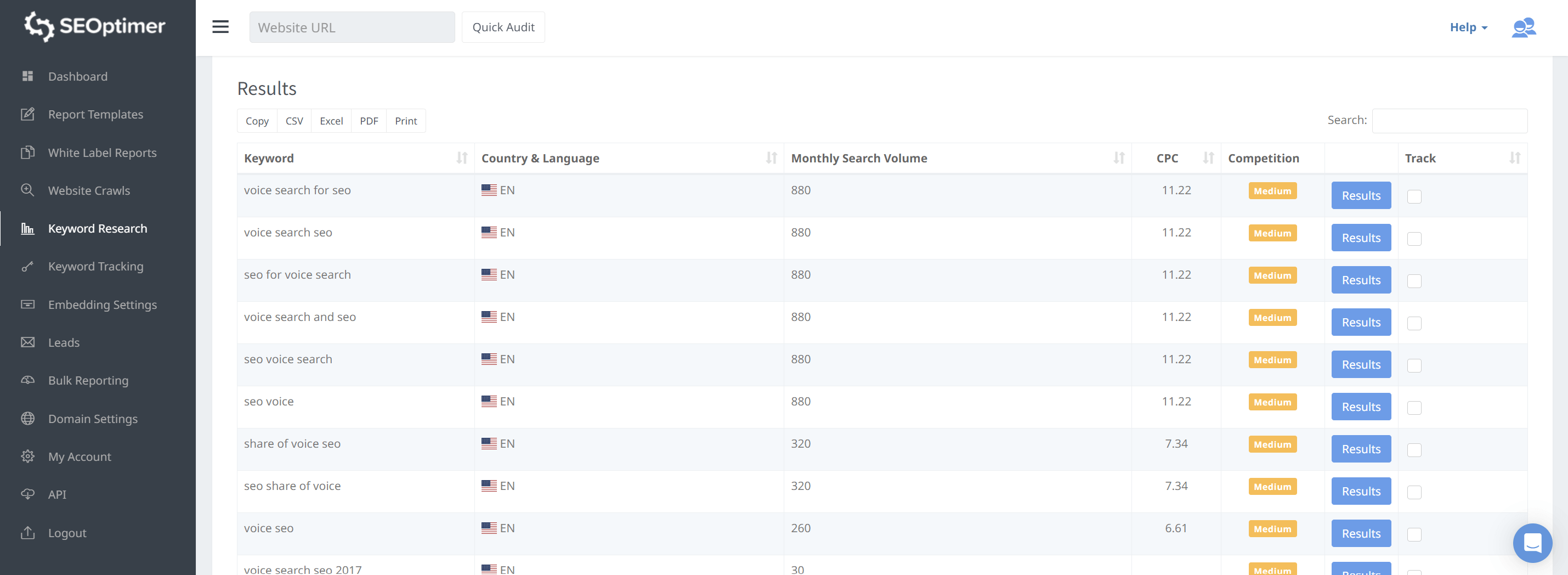
Incorporating low competition keywords into your content strategy brings several benefits.
- It increases your chances of ranking higher in search engine results, as you'll be targeting less competitive terms. This means more visibility and organic traffic for your website.
- Focusing on niche-specific keywords allows you to cater to a specific audience, attracting qualified leads who are more likely to convert.
Check Competitor Content
Another useful tactic for finding SEO content ideas is by checking your competitors' content.
By analyzing what is already performing well in your industry, you can gain valuable insights and inspiration for your own content strategy. This approach allows you to tap into existing demand and identify gaps in the market that you can fill with unique and valuable content.
SEOptimer's Keyword Research tool can can your competitors' websites or blog pages to uncover the keywords they are ranking for. Simply just click on "Search by Domain" within the keyword research tool and add the competitor's URL you want to analyze.
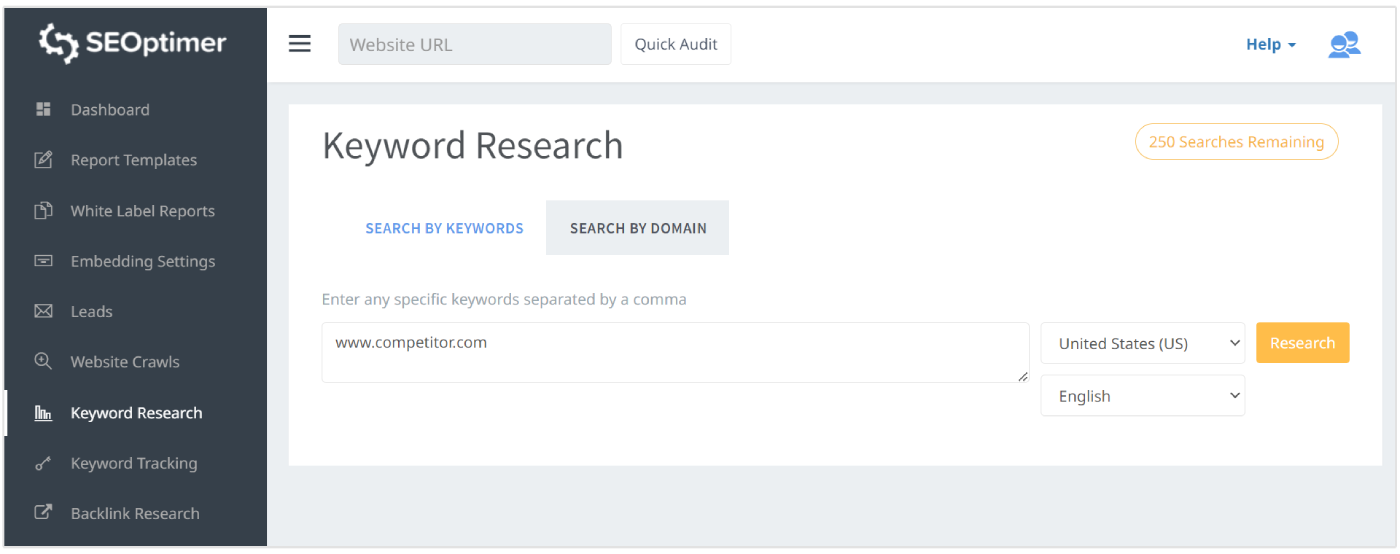
This feature enables you to see the search volume and ranking difficulty associated with each keyword. By understanding which keywords your competitors are targeting successfully, you can gain valuable information about popular topics and keywords that resonate with your shared audience.
Remember, analyzing competitor content is not about copying or imitating their work.
Instead, it is about drawing inspiration and understanding what works well in your industry.
Mine Customer Experiences for SEO Content Ideas
One of the most valuable sources of content ideas is within your own business or organization.
By tapping into the knowledge and data gathered from your customers, you can create content that directly addresses their needs and challenges.
Here are a few ways to find content ideas internally:
Frequently Asked Questions (FAQs)
Pay attention to the questions your customers frequently ask about your products or services.

These queries provide valuable insight into the topics that your audience wants to learn more about. Creating content that answers these FAQs not only provides value to your customers but also helps attract new prospects who have similar questions.
Customer Support Tickets
Analysing customer support tickets can uncover recurring issues or pain points that your audience faces. By addressing these concerns through informative content, you can establish your brand as a trusted resource and provide solutions that resonate with your target audience.
Surveys and Feedback
Gathering feedback from your customers through surveys or feedback forms can yield valuable insights for content creation.
Look for common themes or areas where customers express interest or seek further information. This data can guide you in creating content that addresses specific pain points and provides valuable solutions.
Sales and Marketing Teams
Your sales and marketing teams are often in direct contact with your customers. They have first-hand knowledge of the challenges, needs, and interests of your target audience.
Collaborate with these teams to gather insights, understand customer preferences, and uncover potential content ideas that align with your business goals.
By leveraging internal resources and data, you can create content that is highly relevant and tailored to your customers' needs.
By mining the wealth of information available within your own business or organization, you can generate SEO content ideas that resonate with your target audience and establish your brand as a trusted industry resource.
Monitor Social Media for Trending Topics
Monitoring social media platforms is an excellent way to find content ideas and stay up-to-date with the latest trends in your industry.
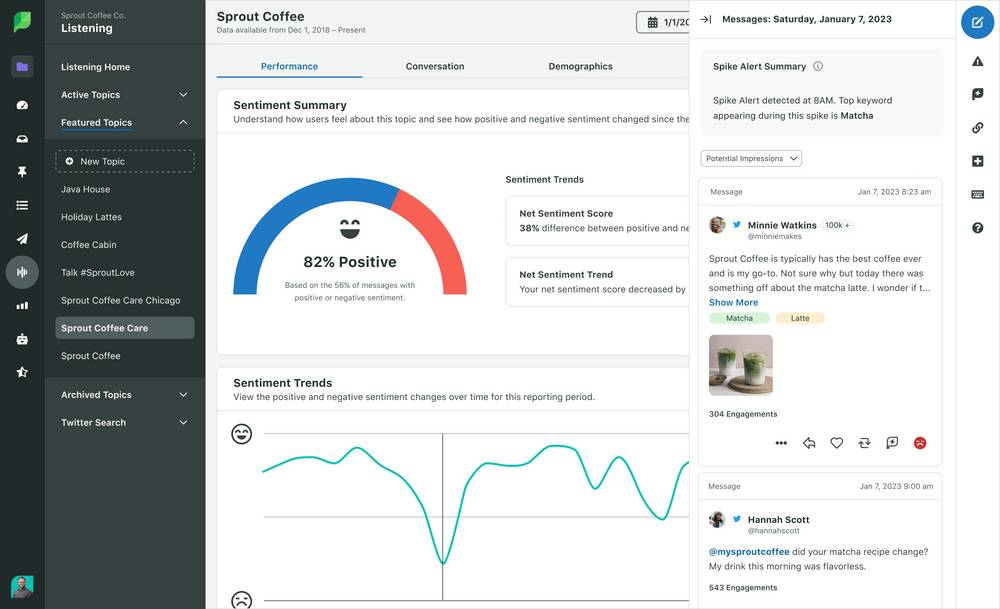
By keeping an eye on what people are talking about on platforms like Twitter, Facebook, Instagram, and LinkedIn, you can tap into popular conversations and create content that resonates with your target audience.
Here are a few tools you can use to monitor social media for trending topics:
Social Media Listening Tools
There are various social media listening tools available that allow you to track keywords, hashtags, and mentions across multiple social media platforms.
These tools provide comprehensive insights into what people are discussing, the sentiment around specific topics, and trending hashtags. Examples of such tools include Hootsuite, Sprout Social, and BuzzSumo.

Google Trends
Google Trends is a free tool that allows you to explore the popularity of specific search terms over time. It provides data on search interest, related queries, and regional interest.
By using Google Trends, you can identify rising topics, discover regional variations, and understand the seasonality of certain keywords.
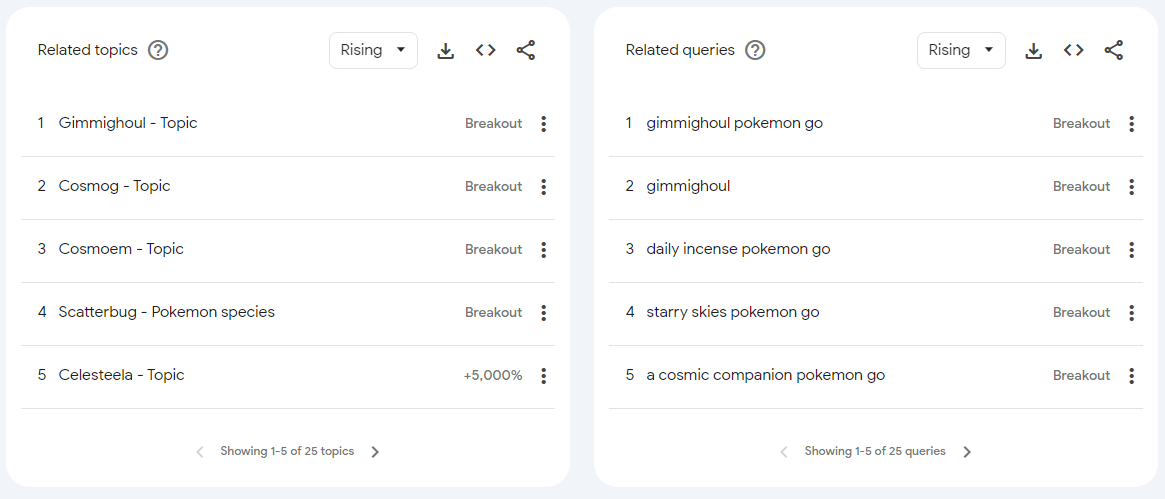
This can help you align your content strategy with current trends and generate relevant and timely content.
Trending Sections on Social Media Platforms
Most social media platforms have a section dedicated to showcasing trending topics or hashtags.
For example, Twitter has a "Trends" section that displays the most popular topics being discussed at any given moment. By regularly checking these sections, you can gain insights into the latest trends and discussions happening on the platform.
Monitoring social media for trending topics allows you to tap into the collective pulse of your target audience.
It helps you identify popular conversations, emerging trends, and relevant topics that can inspire your content creation. By joining these conversations or providing unique perspectives, you can position your brand as a thought leader and engage with your audience in a meaningful way.
When monitoring social media, pay attention not only to the topics themselves but also to the discussions and sentiments surrounding them.
Analyze the types of content that gain traction, the language used by your audience, and any pain points or challenges they express. This information will guide you in creating content that resonates with your target audience and provides value.
Regularly Check for Industry News and Updates
Another valuable way to find content ideas for SEO is by staying updated with the latest industry news and developments.

This approach ties in nicely with the previous method of monitoring social media for trends, but it offers a more proactive approach to identifying topics and emerging issues in your industry.
By regularly checking leading industry websites, setting up Google alerts, and subscribing to email newsletters, marketers can stay informed about new industry updates and news that can serve as excellent topics for SEO content.
For example, let's consider a digital marketing agency specializing in helping clients with content marketing and SEO.
By monitoring industry news sources such as Search Engine Journal, Content Marketing Institute, etc., they can stay up-to-date with the latest trends, algorithm changes, and best practices in SEO and content marketing.

For instance, suppose they come across an article announcing a major update to Google's search algorithm and how it will affect a site's ranking potential. This news can inspire them to create SEO content focused on strategies to adapt to the changes and maximize reach on the platform.
By actively seeking out industry news and updates, marketers can position themselves as knowledgeable experts in their field. They can anticipate industry shifts, address emerging challenges, and provide valuable insights to their audience.
This approach not only keeps the content fresh and relevant but also positions the brand as a thought leader within the industry.
Use “People Also Ask” as Inspiration
The "People Also Ask" feature is a valuable resource that can inspire SEO content ideas.
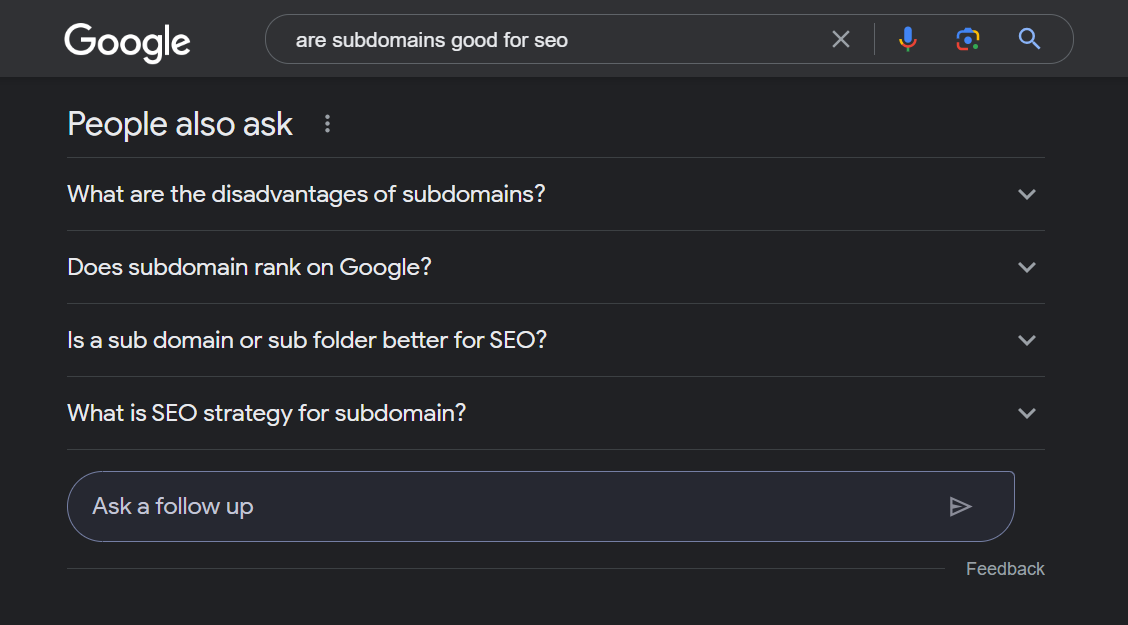
This section displays related search queries that users commonly explore. Leveraging this feature can help you uncover relevant topics and questions that your audience is interested in.
Here's why using "People Also Ask" is useful for generating SEO content ideas:
Discover Related Topics
The "People Also Ask" feature provides insights into related topics and areas of interest that are closely tied to your initial search query.
By analyzing these related search queries, you can identify subtopics and expand your content strategy to cover a broader range of relevant subjects.
Understand User Intent
The phrases and questions displayed in the "People Also Ask" section give you valuable insights into the intent behind users' searches.
By understanding what people are specifically looking for, you can tailor your content to address their needs, pain points, and questions effectively.
Long-Tail Keywords
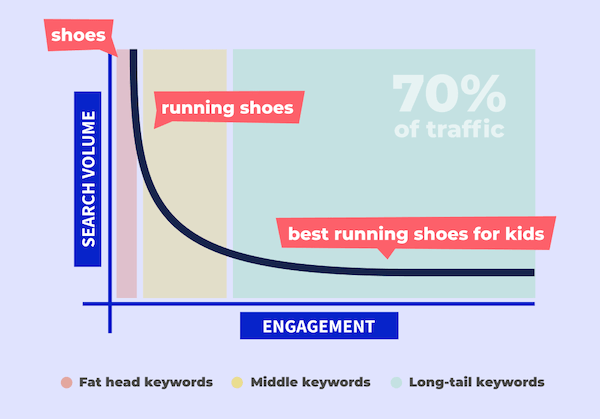
The phrases and questions in the "People Also Ask" section often contain long-tail keywords, which are more specific and targeted. Incorporating these long-tail keywords into your content can help you rank higher in search engine results pages (SERPs) and attract highly relevant traffic to your website.
To find these phrases and questions, follow these steps:
- Perform a Search: Start by conducting a search on Google using a relevant keyword or topic related to your industry or niche.
- Scroll to the Bottom: Once you see the search results, scroll down until you find the "People Also Ask" section.
- Analyze the Phrases and Questions: Take note of the phrases and questions displayed in this section. These are the queries that users commonly search for in relation to your initial search query.
- Expand Your Content Strategy: Use the phrases and questions as inspiration for creating new content. You can address each query in a separate blog post, create an FAQ page covering these topics, or incorporate them into existing content to provide more comprehensive answers.
Find Content Ideas on Reddit and Quora
Reddit and Quora are valuable platforms for finding SEO content ideas.
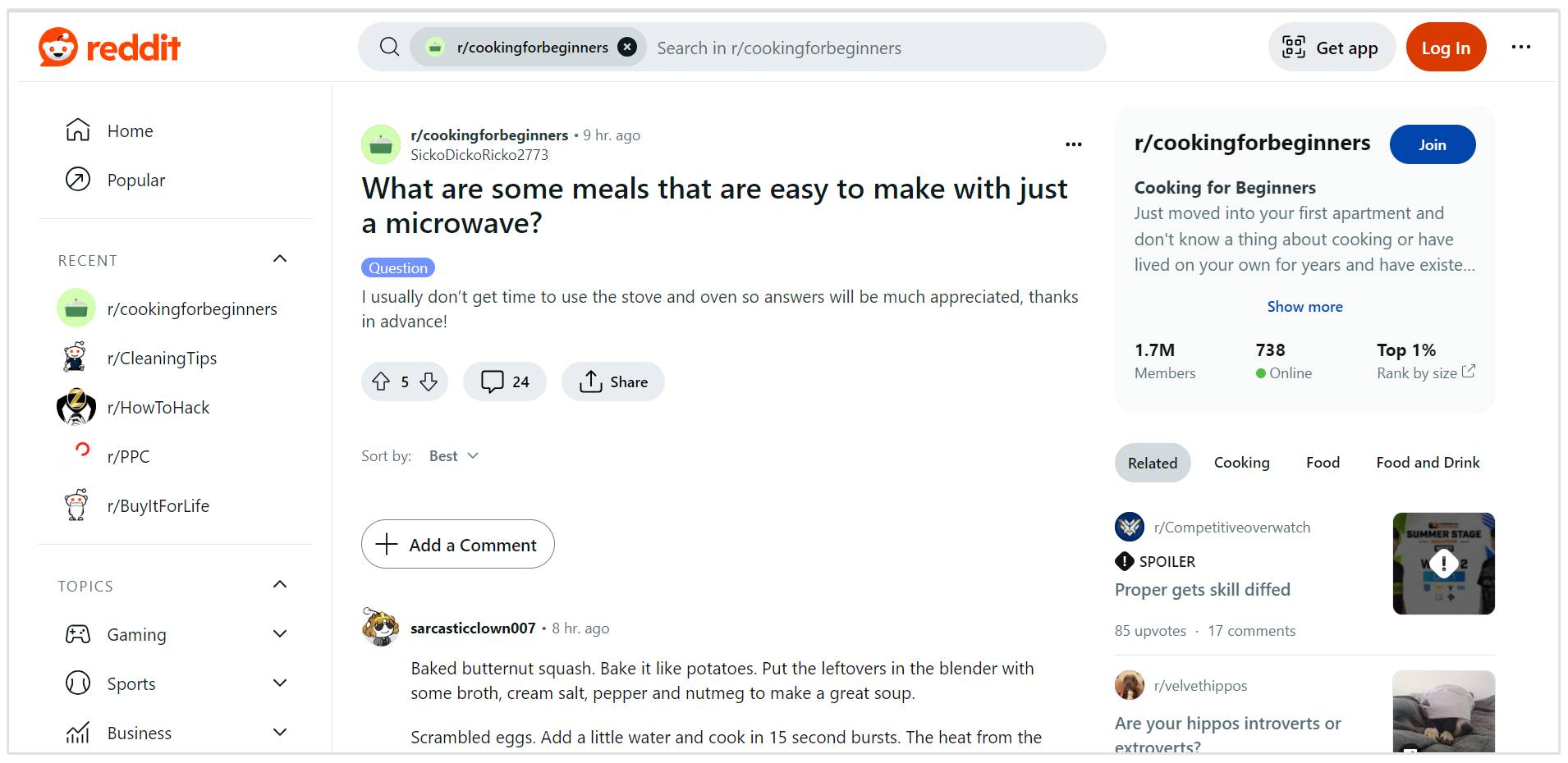
These platforms provide a wealth of user-generated content, discussions, and questions that can inspire valuable topics for your website or blog.
Here's why Reddit and Quora are useful places to find SEO content ideas:
User-Generated Discussions
Reddit and Quora are communities where users actively engage in discussions, ask questions, and seek information.
By exploring relevant subreddits on Reddit or searching for topics related to your niche on Quora, you can tap into the real concerns, challenges, and interests of your target audience.
Diverse Range of Topics
Reddit and Quora cover a wide range of topics across various industries and interests.
Whether you're in technology, healthcare, fashion, or any other niche, you're likely to find discussions and questions relevant to your products or services.
This allows you to uncover fresh content ideas that directly resonate with your target audience.
Real User Queries
The questions and discussions on Reddit and Quora reflect the queries people have about specific topics.
These questions can provide insights into what your target audience is searching for and what information they are seeking.
By addressing these queries in your content, you can enhance your SEO by targeting long-tail keywords and providing valuable answers to users' questions.
To find SEO content ideas on Reddit and Quora, follow these steps:
Explore Relevant Subreddits
Visit relevant subreddits on Reddit that align with your niche or industry. Look for discussions, threads, or questions that are popular or receiving significant engagement.
For instance, let's imagine that you're the owner of an eCommerce company selling cookware. Your idea audience is likely interested in product reviews, recipes, and general cooking tips.
There are a tonne of coooking subreddits such as "r/cookingforbeginners" or "r/CookingForOne" that you can explore for interesting topics.
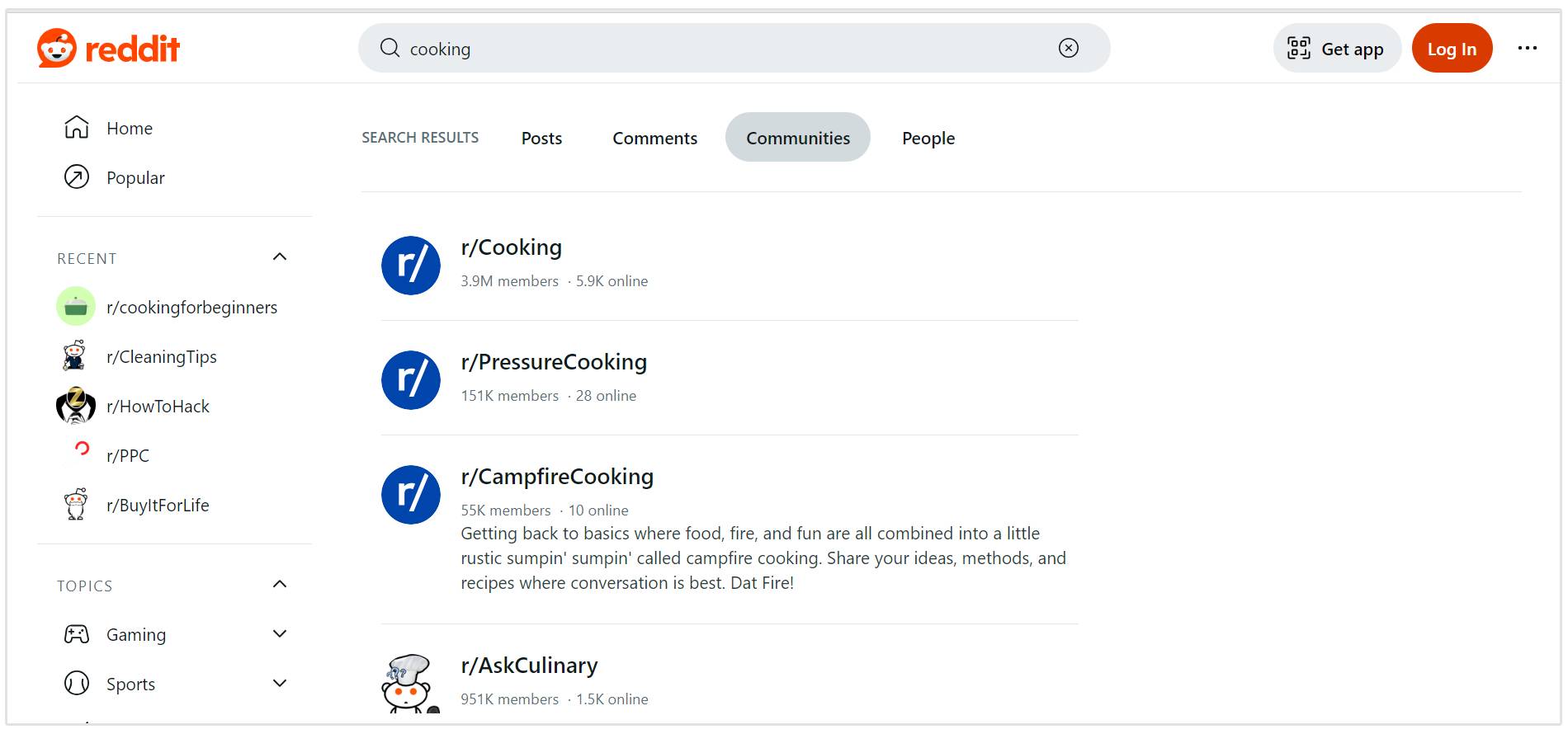
Search for Relevant Topics on Quora
Use Quora's search function to find topics related to your industry or niche.
Browse through the questions asked by users and identify those that are relevant to your products or services.
Perform Google Search
Take one of the questions or topics you found on Reddit or Quora and perform a Google search using that query.
This will help you identify websites or articles that have already covered the topic.
So for our example of the eCommerce store selling cookware, I found a question on Reddit and Quora on "how to clean Dutch oven stains."
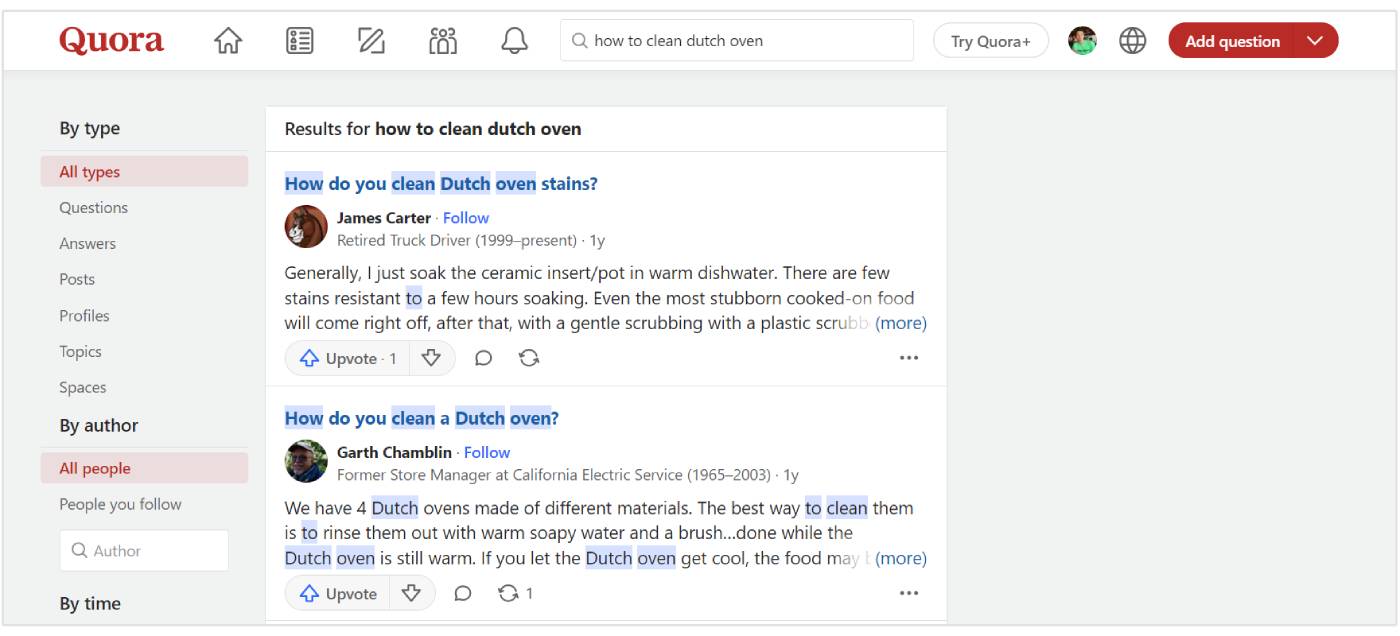
By typing the query into Google, you'll see a number of websites talking about this topic, providing advice on how to clearn a Dutch oven stain.
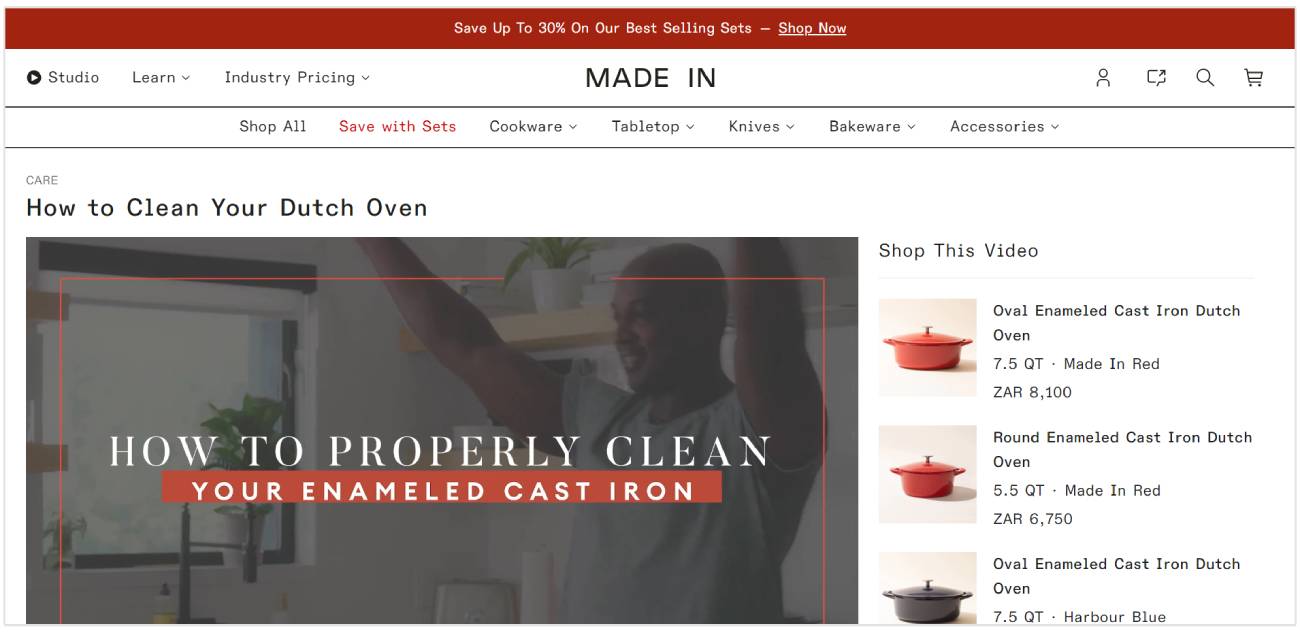
Use SEOptimer's Keyword Research Tool
Once you have identified a relevant website or article, use SEOptimer's Keyword Research tool to analyze the domain.
Paste the URL into the tool, and it will extract the keywords being used on that website along with their monthly search volume, competition, and SERP results. This information can help you further refine your SEO content strategy.

Repurpose Pillar Posts
A pillar post is a comprehensive and authoritative piece of content that serves as the foundation for a specific topic or theme.
It is often a longer-form article that covers multiple aspects of a subject in-depth, providing readers with valuable insights, tips, and guidance. Pillar posts are designed to be evergreen, meaning they retain their relevance and value over time.

Image source: Databox
Repurposing pillar posts involves taking the key discussion points, subtopics, or sections from the original pillar post and creating new content pieces that dive deeper into those specific topics.
This approach allows you to extract more value from your existing content and provide your audience with fresh perspectives, additional information, or specific angles on a particular subject.
For example, let's say you have a pillar post about "Effective Email Marketing Strategies."

This comprehensive article covers various strategies such as the best times to send emails, how to get more email subscribers, how to design an email, copywriting tips and tricks, etc. To repurpose this pillar post, you can take one of the discussion points, such as "How to design an email," and create a separate blog article that delves into more detail on that specific topic.
In this new article, you can provide specific tactics, case studies, or examples related to social media marketing to further engage and educate your audience.

By repurposing pillar posts, you can:
- Extend Content Longevity: Repurposing allows you to breathe new life into your existing pillar posts and extend their longevity. By creating fresh content from the original material, you keep your website up-to-date and provide something new for your audience to explore.
- Target Specific Audiences: When you repurpose a pillar post into separate content pieces, you can tailor each piece to target specific segments of your audience. By focusing on specific subtopics or angles, you can address the unique needs and interests of different reader groups within your target audience.
- Improve SEO and Traffic: Repurposing pillar posts creates an opportunity to optimize new content pieces for specific keywords and target long-tail search queries. This can improve your search engine rankings, attract more organic traffic, and increase your website's visibility.
- Enhance Engagement: By diving deeper into specific subtopics or discussion points from your pillar post, you provide more detailed and focused information to your audience. This can lead to increased engagement, as readers are more likely to find the specific information they are searching for and spend more time on your website.
When repurposing pillar posts, it's essential to maintain consistency in branding, voice, and tone across all content pieces. This ensures a cohesive user experience and reinforces your brand's authority and expertise.
Update and Refresh Old Content
Updating and refreshing old content is a highly effective tactic for improving your SEO rankings and driving more organic traffic to your website.
Here's why it's a useful strategy and some best practices to consider when updating your old content:
Improve Relevance and Value
Over time, information becomes outdated, trends change, and new insights emerge. By regularly updating and refreshing your old content, you ensure that it remains relevant and valuable to your audience.
This helps establish your brand as a reliable source of up-to-date information, enhancing user experience and engagement.
Boost Search Engine Rankings
Search engines favor fresh and updated content.
By revisiting and optimizing your old content, you have an opportunity to improve its search engine rankings. Updated content tends to perform better in search results, attracting more organic traffic to your website.
Capture New Keywords
As trends and search patterns evolve, new keywords and phrases gain popularity. When updating your old content, consider incorporating these new keywords to better align with current search queries.
This can help you rank for additional relevant keywords and attract a broader audience.
Enhance User Experience
Outdated information can lead to a poor user experience and may negatively impact your credibility. By updating your content, you provide accurate and current information to your audience, enhancing their overall experience on your website.
When updating and refreshing old content, consider the following best practices:
- Content Audit: Start by conducting a thorough content audit to identify which pieces of content need updating. Look for articles or pages that are outdated, have incorrect information, or perform poorly in terms of engagement or traffic.
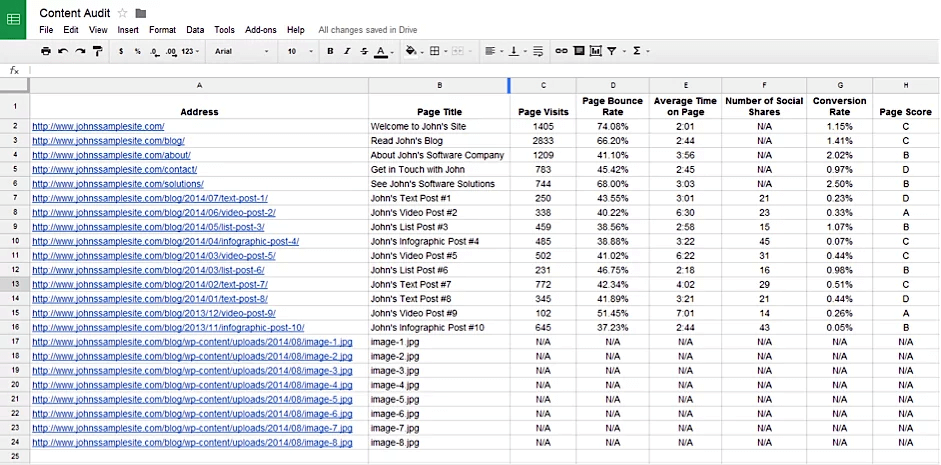
- Update Statistics and Facts: Verify and update any statistics, facts, or data mentioned in your old content. Ensure that the information is accurate and supported by reliable sources.
- Improve Formatting and Readability: Enhance the formatting and readability of your old content. Break up large chunks of text into smaller paragraphs, use subheadings, bullet points, and numbered lists to improve readability. Consider adding images, infographics, or videos to make the content more engaging.
- Add Fresh Insights and Examples: Incorporate new insights, examples, case studies, or real-life examples into your updated content. This adds value and demonstrates that your content is current and relevant.
- Optimize SEO Elements: Review and optimize the on-page SEO elements of your old content, such as meta titles, meta descriptions, headings, and keyword usage. Ensure that they align with current best practices and target relevant keywords.
- Update Internal and External Links: Check the internal and external links within your old content. Update any broken or outdated links and add new relevant links to authoritative sources or related articles on your website.
- Promote Updated Content: Once you've refreshed your old content, promote it across your marketing channels, such as social media and email newsletters. Encourage readers to revisit and share the updated version.
By updating and refreshing your old content, you can maximize its potential, improve search engine visibility, provide value to your audience, and maintain a strong brand presence in your industry.
Conclusion
Generating fresh and impactful content ideas is crucial for a successful SEO strategy.
By exploring various sources like the ones mentioned in this post, you can uncover valuable insights and trends to spark new SEO content ideas.










